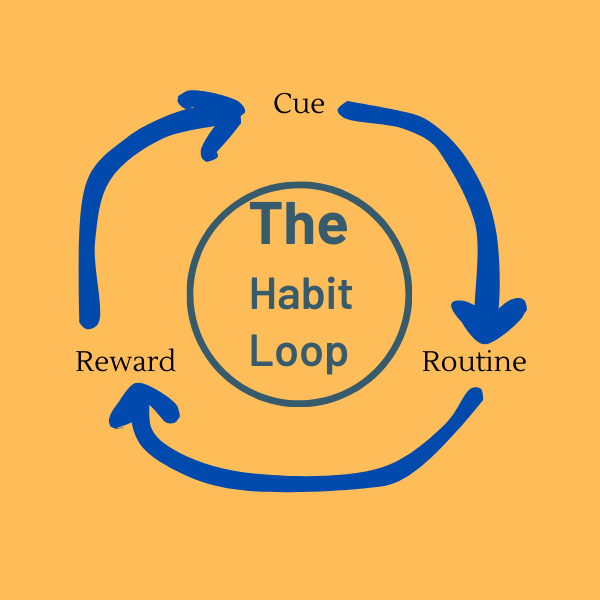Habits, the routine behaviors that we perform almost automatically, play a significant role in shaping our mental health. The neuroscience behind habit formation offers insights into creating long-lasting habits that foster mental well-being. Let’s delve into the science of habit formation and understand how to build habits that stand the test of time.
Understanding the Habit Loop
The Habit Loop, as detailed in Charles Duhigg’s book “The Power of Habit” [1], is a neurological loop consisting of three elements: the cue, the routine, and the reward. Understanding this loop is pivotal in developing lasting habits.

- Cue: It is the trigger that initiates the habit loop.
- Routine: This involves the actions or behaviors you perform in response to the cue.
- Reward: The benefit or pleasure derived from executing the routine.
The Role of the Basal Ganglia
The basal ganglia, a group of nuclei in the brain, play a central role in habit formation. This region helps to store habits even when they become automatic and unconscious. Understanding its functioning can aid in formulating strategies to create and modify habits [2].
Steps to Build Long-Lasting Habits
According to neuroscience research [3], the following strategies can facilitate the development of enduring habits:
- Start Small: Begin with small, manageable habits to ensure consistency.
- Repetition: Engaging in a behavior repetitively strengthens the neural pathways, making the habit more automatic over time.
- Self-Monitoring: Keeping track of your habits can promote self-awareness and foster sustained habit maintenance.
Mental Health Benefits of Habits
Developing healthy habits such as regular physical activity, meditation, and adequate sleep can significantly enhance mental health by reducing stress, anxiety, and symptoms of depression [4].
Conclusion
Understanding the neuroscience behind habit formation can empower individuals to build lasting habits that foster mental health. Start with a clear understanding of the habit loop, leverage the role of basal ganglia in habit storage, and adopt strategies that encourage habit sustainability. Remember, fostering healthy habits is a gradual process, but with patience and persistence, a pathway to better mental health is attainable.
References
[1] Duhigg, C. (2012). The power of habit: Why we do what we do in life and business. Random House.